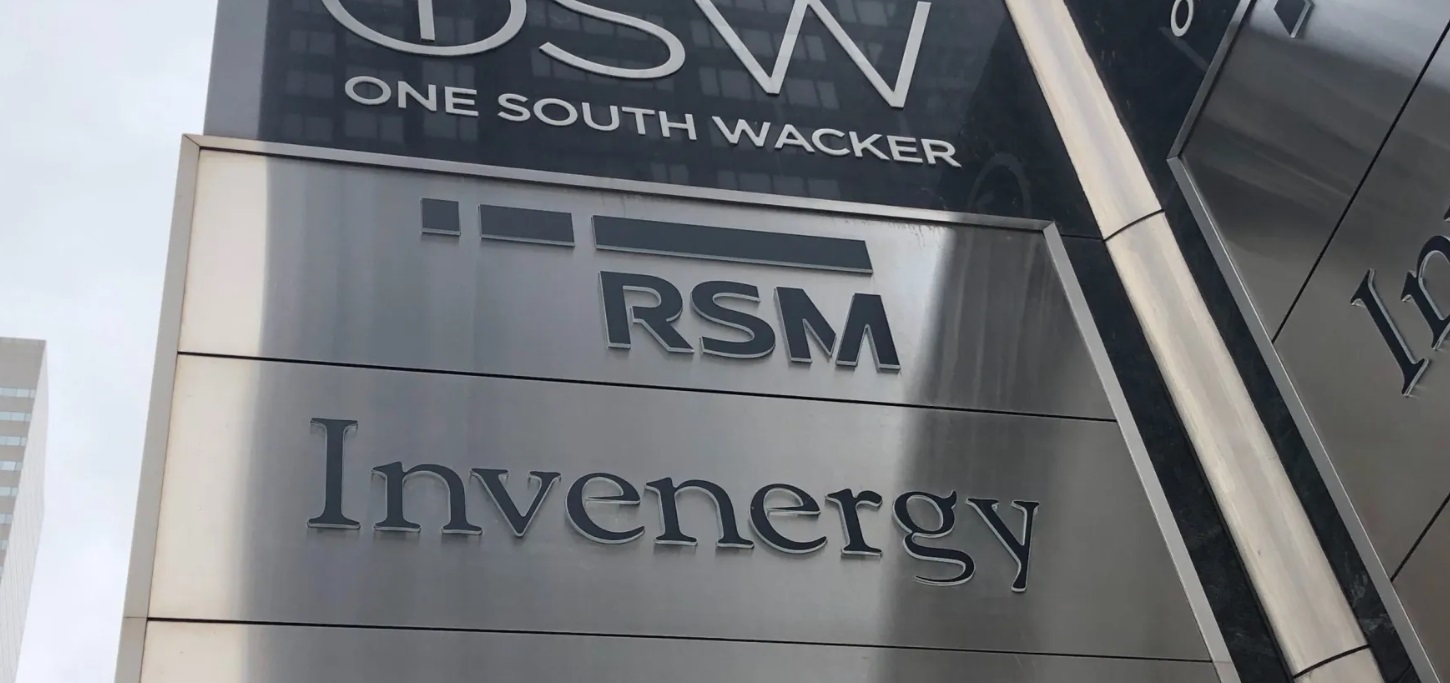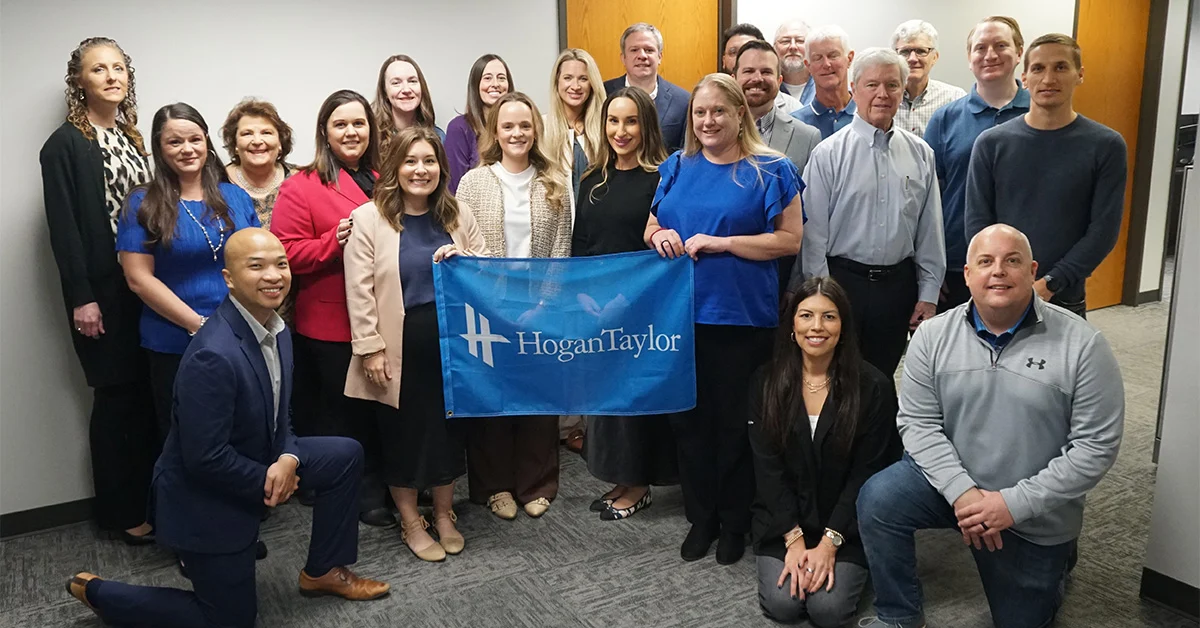This column is the second in a series on process automation. The first article in the series can be found at http://cpate.ch/bt-rpa-1.
Process automation starts with simple tracking and reporting of the activity with a workflow management system, which gets the activity data out of the old paper routing slips and into a structured format for analysis and reporting. The next step applies rules to automate the most simple, repetitive tasks in a process.
After that step, the learning and experience that the team has with the RPA tools make it possible for more complex tasks to be automated, including tasks like taking data from one system and cross-posting it to another one. The final step involves reasoning, where artificial intelligence and deep learning are used to make qualitative decisions that humans used to make.
The diagram below illustrates my four-step model for process automation and shows how each succeeding step builds upon the data generated and work performed in the previous step(s).
The stages in my four-step model for RPA implementation are:
- Simple process tracking in databases– Basic workflow tracking and reporting in structured databases is something you need to embrace before you get started with RPA. Since an RPA tool will perform tasks like retrieving data from one source and inputting it into another application, it’s important that the transaction tracking data is stored in a structured format, like a relational database. If the data for tracking your shop floor activity is only recorded on paper job sheets which must be scanned or input, you’re making it too hard to use the tools.
- Rules-based business process management (BPM)– Using automation and code (like macros) or pseudocode (like scripts) within BPM applications is the first real step in adopting RPA. Some tools will require format coding skills, use of APIs, and other programming tasks that will require that the business analyst working on a process create requirements that will be coded by a programmer. Newer generation tools allow both traditional coding of logic, as well as low code/no code interfaces like drag and drop flowcharting tools that facilitate non-programmers creating an automated business process. A process in this step of maturity might route a purchase requisition to a manager for approval if it is under $500, send it to a vice-president if it’s between $500 and $5,000, with larger purchases requiring the CFO’s consent, then route it along to the next actor in the process after it is approved.
- Learning and Bot Creation – Using the success of the last phase automating the simplest tasks, in this step, more complex tasks are automated. Tools which scrape data from one screen and enter it into another are used to create “bots”, which are like software-based workers. For accounting, bots can do things like extract data from vendor invoices and record them in a spreadsheet or enter them into an accounting package. The automation software learns the task by having the software watching a human enter one or more invoices, and then repeating the task multiple times. Humans would then make corrections to the data processed by the routine and provide input to help it be more effective.
- Reasoning is the hardest thing for computers to do, and it is one of the most challenging as well. In the intermediate to long term, the types of tasks to be automated will be increasingly sophisticated. Reasoning requires artificial intelligence and deep learning, where large amounts of data are analyzed for patterns, and is then used to refine the performance of the task. Although offline legacy applications (e.g. QuickBooks Desktop) do not have the hundreds of thousands of transactions required to optimize these algorithms, when similar applications are deployed in a cloud-based environment, the data is centralized and it is possible to use the data in the aggregate to use machine learning and deep learning.
The future for automation is bright, and while some leading-edge enterprises have reached the third and fourth steps above, almost all mid-market companies and all but the largest accounting firms have progressed no farther than the second step this model. Next month we will discuss how some of these tools are used to automate tasks in a process.
Thanks for reading CPA Practice Advisor!
Subscribe Already registered? Log In
Need more information? Read the FAQs
Tags: Artificial Intelligence





